|
Your search criteria found 270 images Spacecraft |
| My List |
Addition Date |
Target
|
Mission | Instrument | Size |

|
2003-05-09 |
Voyager Interstellar Mission |
3017x2494x3 | ||
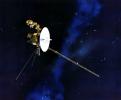
|
|||||

|
2011-03-08 |
Voyager |
1280x720x3 | ||
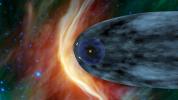
|
|||||

|
2011-04-28 |
Voyager |
1280x720x3 | ||
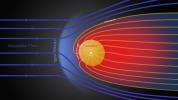
|
|||||

|
2011-04-28 |
Voyager |
793x704x3 | ||
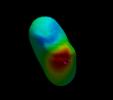
|
|||||

|
2011-04-29 |
Voyager |
2160x1152x3 | ||
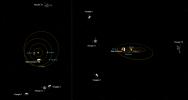
|
|||||

|
2011-04-29 |
Voyager |
1600x1200x3 | ||
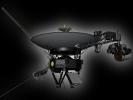
|
|||||

|
2011-04-29 |
Voyager |
981x552x3 | ||
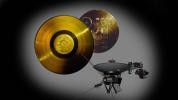
|
|||||

|
2013-07-03 |
Voyager |
1024x1280x3 | ||

|
|||||

|
2013-07-03 |
Voyager |
800x600x3 | ||
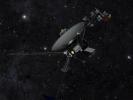
|
|||||

|
2017-07-05 |
Voyager |
649x699x3 | ||

|
|||||

|
2017-07-05 |
Voyager |
616x607x3 | ||

|
|||||

|
2017-07-05 |
Voyager |
3029x2410x3 | ||
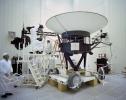
|
|||||

|
2017-07-05 |
Voyager |
1760x2227x1 | ||

|
|||||

|
2017-07-05 |
Voyager |
1760x2227x1 | ||

|
|||||

|
2017-07-05 |
Voyager |
1821x2316x3 | ||

|
|||||

|
2017-07-05 |
Voyager |
1760x2227x1 | ||

|
|||||

|
2018-10-03 |
Voyager Interstellar Mission |
1280x720x3 | ||
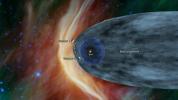
|
|||||

|
2018-12-10 |
Voyager Interstellar Mission |
1920x1080x3 | ||
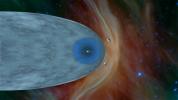
|
|||||

|
2018-12-10 |
Voyager Interstellar Mission |
1920x1080x3 | ||
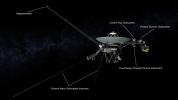
|
|||||

|
2018-12-10 |
Voyager Interstellar Mission |
3840x2160x3 | ||
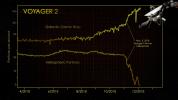
|
|||||

|
2018-12-10 |
Voyager Interstellar Mission |
1920x1080x3 | ||
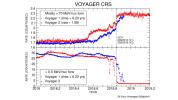
|
|||||

|
2018-12-10 |
Voyager Interstellar Mission |
1920x1080x3 | ||
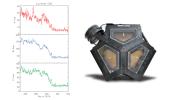
|
|||||

|
2018-12-10 |
Voyager Interstellar Mission |
1484x1920x3 | ||

|
|||||

|
2018-12-10 |
Voyager Interstellar Mission |
1920x1080x3 | ||
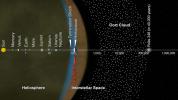
|
|||||

|
2023-04-26 |
Voyager |
7074x8974x3 | ||

|
|||||

|
1999-08-08 | 1989N2 |
Voyager |
VG ISS - Narrow Angle |
635x315x1 |
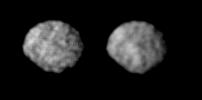
|
|||||

|
2000-06-02 | Ariel |
Voyager |
VG ISS - Narrow Angle |
800x800x1 |
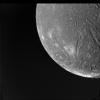
|
|||||

|
1996-01-29 | Ariel |
Voyager |
VG ISS - Narrow Angle |
845x650x3 |
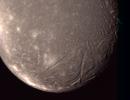
|
|||||

|
1998-12-05 | Ariel |
Voyager |
VG ISS - Narrow Angle |
1275x1275x1 |
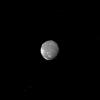
|
|||||

|
1998-12-05 | Ariel |
Voyager |
VG ISS - Narrow Angle |
512x512x1 |
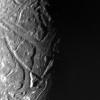
|
|||||

|
1999-05-08 | Ariel |
Voyager |
1330x1508x1 | |

|
|||||

|
1996-09-26 | Callisto |
Voyager |
VG ISS - Narrow Angle |
800x800x3 |
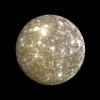
|
|||||

|
2000-04-24 | Callisto |
Voyager |
VG ISS - Narrow Angle |
800x800x1 |
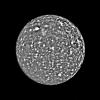
|
|||||

|
2002-10-17 | Callisto |
Galileo Voyager |
VG Imaging Science Subsystem Solid-State Imaging |
8860x4490x3 |
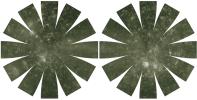
|
|||||

|
2005-08-03 | Dione |
Voyager |
VG ISS - Narrow Angle |
800x800x1 |
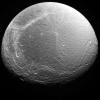
|
|||||

|
1998-10-30 | Earth |
Voyager |
VG Imaging Science Subsystem |
2012x2994x3 |

|
|||||

|
1998-06-04 | Enceladus |
Voyager |
VG ISS - Narrow Angle |
1004x1004x3 |
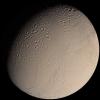
|
|||||

|
1998-12-05 | Enceladus |
Voyager |
VG ISS - Narrow Angle |
1000x1000x3 |
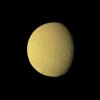
|
|||||

|
1999-03-23 | Enceladus |
Voyager |
VG ISS - Narrow Angle |
1000x1000x3 |
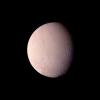
|
|||||

|
1999-02-23 | Enceladus |
Voyager |
VG ISS - Narrow Angle |
1000x1000x1 |
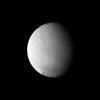
|
|||||

|
1999-04-11 | Enceladus |
Voyager |
VG ISS - Narrow Angle |
450x469x1 |

|
|||||

|
1998-06-04 | Europa |
Voyager |
VG Imaging Science Subsystem |
3138x3138x3 |
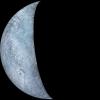
|
|||||

|
1996-08-09 | Europa |
Voyager |
Near Infrared Camera |
1500x2000x3 |

|
|||||

|
1996-09-26 | Europa |
Voyager |
VG ISS - Narrow Angle |
704x680x3 |
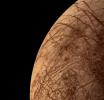
|
|||||

|
1999-02-08 | Europa |
Voyager |
VG ISS - Narrow Angle |
790x790x1 |
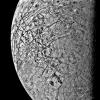
|
|||||

|
1999-02-08 | Europa |
Voyager |
VG ISS - Narrow Angle |
864x922x1 |

|
|||||

|
1999-03-23 | Europa |
Voyager |
VG ISS - Narrow Angle |
790x790x1 |
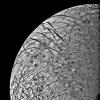
|
|||||

|
2002-02-16 | Europa |
Galileo Voyager |
8812x4381x3 | |
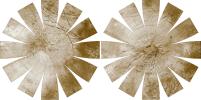
|
|||||

|
2021-11-30 | Europa |
Galileo Voyager |
1100x600x3 | |
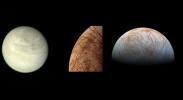
|
|||||

|
1996-01-29 | Ganymede |
Voyager |
VG ISS - Narrow Angle |
2000x2000x3 |
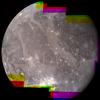
|
|||||

|
1998-06-04 | Ganymede |
Voyager |
VG ISS - Wide Angle |
1024x520x3 |
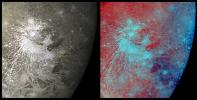
|
|||||

|
1999-02-06 | Ganymede |
Voyager |
VG ISS - Narrow Angle |
740x730x3 |
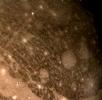
|
|||||

|
1999-02-06 | Ganymede |
Voyager |
VG ISS - Narrow Angle |
816x870x3 |

|
|||||

|
1999-03-13 | Ganymede |
Voyager |
VG ISS - Narrow Angle |
780x910x3 |

|
|||||

|
1999-06-16 | Ganymede |
Voyager |
VG ISS - Narrow Angle |
800x800x3 |
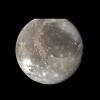
|
|||||

|
2000-05-25 | Ganymede |
Voyager |
VG ISS - Narrow Angle |
1594x797x1 |
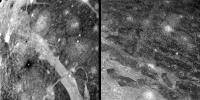
|
|||||

|
2000-05-25 | Ganymede |
Voyager |
VG ISS - Narrow Angle |
786x1722x1 |
|
|
|||||

|
2002-05-10 | Ganymede |
Galileo Voyager |
VG Imaging Science Subsystem VG Imaging Science Subsystem - Narrow Angle |
8817x4382x3 |
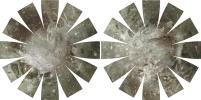
|
|||||

|
2014-02-12 | Ganymede |
Galileo Voyager |
1800x956x3 | |
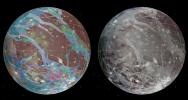
|
|||||

|
2014-02-12 | Ganymede |
Galileo Voyager |
797x754x3 | |
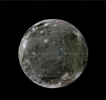
|
|||||

|
1998-06-04 | Iapetus |
Voyager |
VG ISS - Narrow Angle |
325x350x3 |

|
|||||

|
2004-12-30 | Iapetus |
Cassini-Huygens Voyager |
VG ISS - Narrow Angle |
1004x507x3 |
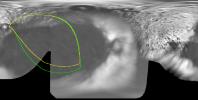
|
|||||

|
1998-06-08 | Io |
Voyager |
VG ISS - Narrow Angle |
1150x1430x3 |

|
|||||

|
1999-10-14 | Io |
Voyager |
VG ISS - Narrow Angle |
512x512x3 |
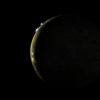
|
|||||

|
1999-07-23 | Io |
Voyager |
VG ISS - Narrow Angle |
200x130x1 |
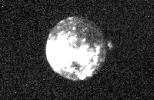
|
|||||

|
2000-03-23 | Io |
Voyager |
VG ISS - Narrow Angle |
505x451x1 |
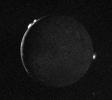
|
|||||

|
2000-12-19 | Io |
Voyager |
VG ISS - Narrow Angle |
260x260x1 |

|
|
||||

|
2000-12-19 | Io |
Voyager |
VG ISS - Narrow Angle |
260x260x1 |
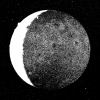
|
|
||||

|
1997-01-09 | J Rings |
Voyager |
VG ISS - Narrow Angle |
439x545x1 |

|
|||||

|
1997-01-09 | J Rings |
Voyager |
VG ISS - Narrow Angle |
439x545x1 |

|
|||||

|
1999-05-08 | J Rings |
Voyager |
1586x1239x3 | |
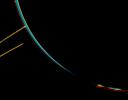
|
|||||

|
1996-09-26 | Jupiter |
Voyager |
1471x1238x3 | |
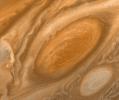
|
|||||

|
1998-06-04 | Jupiter |
Voyager |
840x840x3 | |
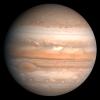
|
|||||

|
1996-11-13 | Jupiter |
Voyager |
VG ISS - Narrow Angle |
850x575x3 |
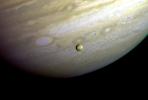
|
|||||

|
1996-11-13 | Jupiter |
Voyager |
VG ISS - Narrow Angle |
790x900x3 |

|
|||||

|
1996-09-26 | Jupiter |
Voyager |
VG ISS - Narrow Angle |
846x800x3 |
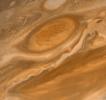
|
|||||

|
1996-09-26 | Jupiter |
Voyager |
VG ISS - Narrow Angle |
607x496x3 |
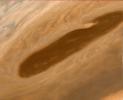
|
|||||

|
1998-12-05 | Jupiter |
Voyager |
VG ISS - Narrow Angle |
916x901x3 |
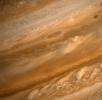
|
|||||

|
1998-12-05 | Jupiter |
Voyager |
VG ISS - Narrow Angle |
800x920x3 |

|
|||||

|
1999-03-13 | Jupiter |
Voyager |
VG ISS - Narrow Angle |
487x559x3 |

|
|||||

|
1999-03-13 | Jupiter |
Voyager |
VG ISS - Narrow Angle |
937x910x3 |
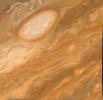
|
|||||

|
1999-03-23 | Jupiter |
Voyager |
VG ISS - Narrow Angle |
862x831x3 |
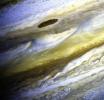
|
|||||

|
1999-06-22 | Jupiter |
Voyager |
1362x1228x3 | |
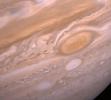
|
|||||

|
2000-04-06 | Jupiter |
Voyager |
VG ISS - Narrow Angle |
260x260x1 |
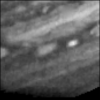
|
|
||||

|
1996-01-29 | Miranda |
Voyager |
764x785x1 | |

|
|||||

|
1999-08-30 | Miranda |
Voyager |
VG ISS - Narrow Angle |
459x600x3 |

|
|||||

|
1996-08-01 | Miranda |
Voyager |
2500x2200x1 | |
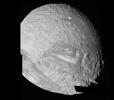
|
|||||

|
1996-01-29 | Miranda |
Voyager |
VG ISS - Narrow Angle |
1016x1002x1 |
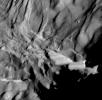
|
|||||

|
1996-01-29 | Miranda |
Voyager |
VG ISS - Narrow Angle |
789x768x1 |
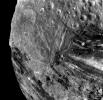
|
|||||

|
1996-01-29 | Miranda |
Voyager |
VG ISS - Narrow Angle |
774x787x1 |

|
|||||

|
1998-11-13 | Miranda |
Voyager |
VG ISS - Narrow Angle |
800x800x1 |
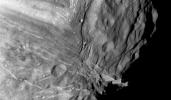
|
|||||

|
1998-10-30 | Miranda |
Voyager |
1581x1600x1 | |

|
|||||

|
1999-06-22 | Miranda |
Voyager |
VG ISS - Narrow Angle |
975x195x1 |

|
|||||

|
1999-06-19 | Miranda |
Voyager |
VG ISS - Narrow Angle |
375x223x1 |
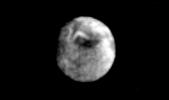
|
|||||

|
1999-08-24 | Miranda |
Voyager |
595x595x1 | |
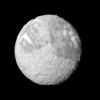
|
|||||

|
1999-08-24 | Miranda |
Voyager |
1020x1020x1 | |
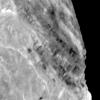
|
|||||

|
1986-01-25 | Miranda |
Voyager |
VG ISS - Narrow Angle |
571x574x1 |

|
|||||

|
1996-01-29 | N Rings |
Voyager |
VG ISS - Wide Angle |
785x1000x1 |

|
|||||

|
1999-07-25 | N Rings |
Voyager |
VG ISS - Narrow Angle |
700x512x1 |
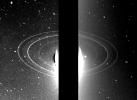
|
|||||

|
1999-07-30 | N Rings |
Voyager |
VG ISS - Narrow Angle |
815x429x1 |

|
|||||
 |
 |
 |

|
|
| 1-100 | 101-200 | 201-300 |
| Currently displaying images: 1 - 100 of 270 |